NEW MUSEUM TO PRESENT FIRST NEW YORK SURVEY OF WORKS BY CARSTEN HOLLER
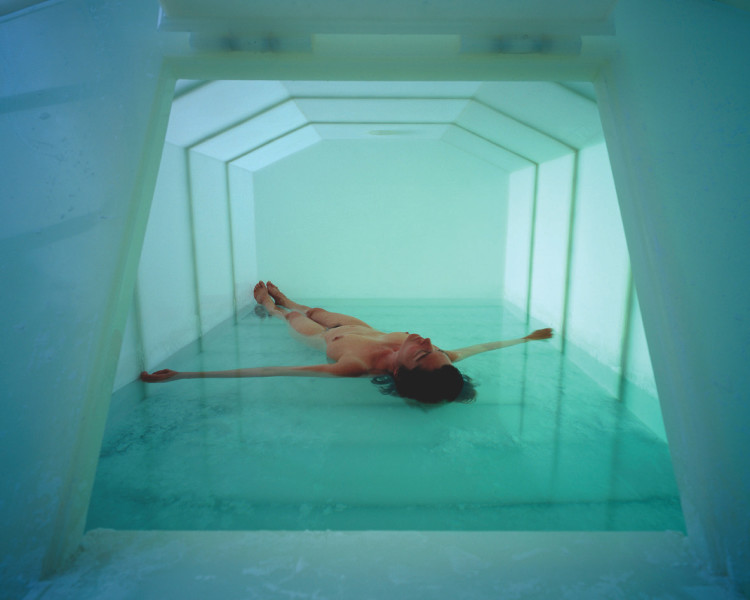

Exhibition Will Transform Museum Galleries Into Participatory
Environments featuring a 102-foot Slide that will
Penetrate Main Gallery Floors
October 26, 2011–January 15, 2012
newmuseum.org
NY…This autumn, the New Museum will present the first New York survey exhibition of the work of the German artist Carsten Höller (b. 1961, Brussels, lives and works Stockholm). Over the past twenty years, Höller has created a world that is equal parts laboratory and test site, exploring such themes as childhood, safety, love, the future, and doubt. Höller left his early career as a scientist in 1993 to devote himself exclusively to art making, and his work is often reminiscent of research experiments. His pieces are designed to explore the limits of human sensorial perception and logic through carefully controlled participatory experiences.
The New Museum’s exhibition will include work produced over the past eighteen years in an immersive, interactive installation choreographed in collaboration with the artist. Höller will actively engage the Museum’s architecture, with each of the three main gallery floors and lobby of the building presenting a focused selection of pieces that demonstrate different experiential dimensions of his work. Functioning as an alternative transportation system within the Museum, one of Höller’s signature slide installations will run from the fourth floor to the second, perforating ceilings and floors, to shuttle viewers through the exhibition as a giant 102-foot-long pneumatic mailing system. The exhibition features a new light installation; disorienting architectural environments; a spectacular mirrored carousel; and a sensory deprivation pool, among others. Also included will be a recreation of Höller’s Experience Corridor, where viewers are invited to undertake simple but affecting tests on themselves.
The selected works emphasize the experimental quality of Höller’s work and reveal the complex universe of one of the most significant European artists to emerge in the past twenty years. Höller came to Left: Test Site, 2006. Installation view, “Test Site,” Tate Modern, London, 2007. © Tate Photography; Right: Architectural drawing of Carsten Höller’s slide at New Museum, 2011. prominence alongside a group of artists in the 1990s including Maurizio Cattelan, Dominique Gonzalez-Foerster, Pierre Huyghe, Philippe Parreno, and Rirkrit Tiravanija who worked across disciplines to re-imagine the experience and the space of art. Höller stands out among this group for the manner in which his installations drew on the history and method of scientific experimentation to destabilize the viewer’s perception of space, time, and the concept of self. In providing this first opportunity for the public here to examine the full scope of Höller’s artistic experiments, the exhibition follows in the New Museum’s long tradition of introducing the most adventurous international artists to an American audience.

“Carsten Höller: Experience” will be on view from October 26, 2011-January 15, 2012, and is curated by Massimiliano Gioni, Associate Director and Director of Exhibitions, with Gary Carrion-Murayari, Associate Curator, and Jenny Moore, Assistant Curator. Carsten Höller’s work is first and foremost concerned with altering our basic assumptions about what we see, feel, and understand about ourselves. Over the years, the artist has employed psychotropic drugs, flashing lights, and architectural alterations to overwhelm viewers with visual stimuli and challenge accepted self-perceptions. For example, the new installation Double Light Corner (2011) uses a sequence of flashing lights to give the viewer the sensation that the space around them is flipping back and forth. Höller also has exhibited a variety of adapted amusement park rides, their speeds slowed until they move almost imperceptibly. His Mirror Carousel (2005) provides riders with a radically different physical experience than the traditional fairground merry-go-round, while at the same time reflecting and illuminating the space surrounding it. In such works, Höller invites us to reconsider the meanings of play and participation. In concert with his giant mushroom sculptures and hyperrealistic sculptures of animals, the artist creates a visionary world that hovers below the surface of what we experience every day.
Höller’s art has often taken the form of proposals for radical new ways of living. He has created sculptures and diagrams for visionary architecture and transportation alternatives, like his renowned slide installations and flying cities. These concepts may seem impossible in the present day, but suggest new models for the future. The artist’s proposals and structures invite the viewer to re-imagine the social and sensorial possibilities of domestic space. During the 1990s, Höller collaborated with artist Rosemarie Trockel to create structures shared between humans and animals such as pigs, birds, and mosquitoes, calling into question hierarchies of species and the roles of the observer and the observed. Recently, Höller has invited viewers to share the exhibition space with a variety of creatures from reindeer to canaries to mice.
At the New Museum, viewers will be encouraged to test a variety of sculptural experiences. In Höller’s Psycho Tank (1999), visitors will float weightlessly in a sensory deprivation pool, providing a strange out-of-body experience. In these scenarios, as in his other work, Höller treats the viewer as the subject and audience for his radical and disorienting experiments.
Catalogue
“Carsten Höller: Experience” will be accompanied by a fully illustrated 248-page catalogue that takes the form of a scientific dictionary with entries covering key themes and ideas in the artist’s practice. Co-published by Rizzoli and the New Museum, contributors include New Museum curator Massimiliano Gioni, as well as Daniel Birnbaum, Mauritzio Cattelan, Germano Celant, Lynne Cooke, Hal Foster, Tim Griffin, Jessica Morgan, Hans-Ulrich Obrist, Philippe Parreno, Dorothea von Hantelmann, and others. Visit newmuseumstore.org for more information. $60 / $48 members.
About Carsten Höller
Carsten Höller was born in 1961 in Brussels, Belgium, to German parents. He studied agricultural entomology at the University of Kiel where he received his doctorate in 1988. By the 1990s, he began to make artworks and eventually abandoned science as profession to pursue a career as an artist. His work was the subject of solo exhibitions at a number of international institutions including the Moderna Museet in Sweden (1999); Fondazione Prada in Milan (2000); MASS MoCA (2006); Kunsthaus Bregenz in Austria (2008), and the Hamburger Bahnhof in Berlin (2010). Höller lives and works in Stockholm, Sweden.
Exhibition Support
Major support for this exhibition is made possible by the VICTORIA – the Art of being Contemporary Foundation and the Qatar Museums Authority, and by the generous support of the LUMA Foundation and Ken Kuchin. Additional support is provided by Barbro Osher Pro Suecia Foundation and the Consulate General of Sweden in New York. The accompanying publication is made possible by the J. McSweeney and G. Mills Publications Fund at the New Museum. Special thanks to F.J. Sciame Construction Co., Inc. and Gensler, New York for helping to realize the exhibition.
About the New Museum
The New Museum is the only museum in New York City exclusively devoted to contemporary art. Founded in 1977, the New Museum was conceived as a center for exhibitions, information, and documentation about living artists from around the world. From its beginnings as a one-room office on Hudson Street to the inauguration of its first freestanding, dedicated building on the Bowery designed by SANAA in 2007, the New Museum continues to be a place of ongoing experimentation and a hub of new art and new ideas.
Tel. +1 212.219.1222. – Fax +1 212.431.5326.
Gabriel Einsohn, Communications Director
press@newmuseum.org
Andrea Schwan, Andrea Schwan Inc.
info@andreaschwan.com



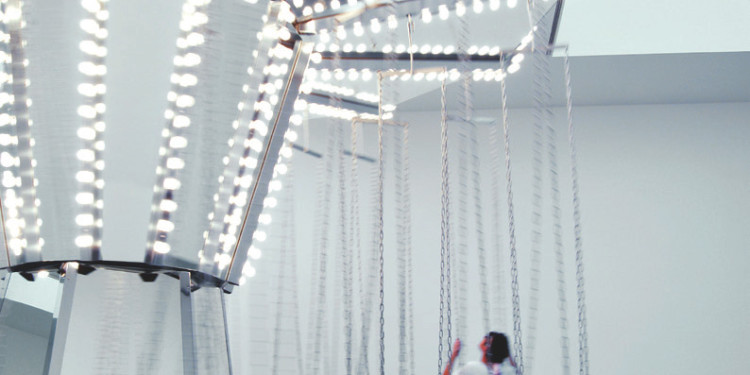
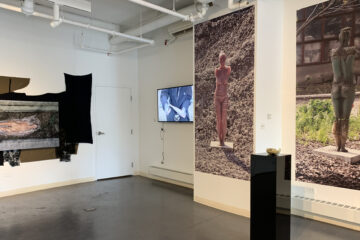
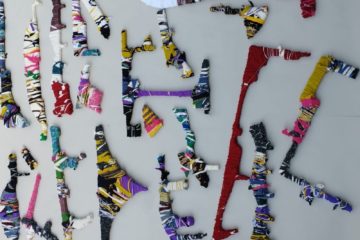
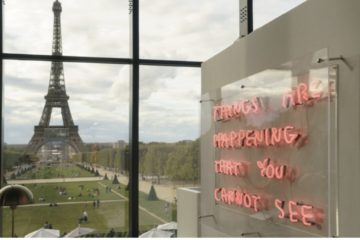
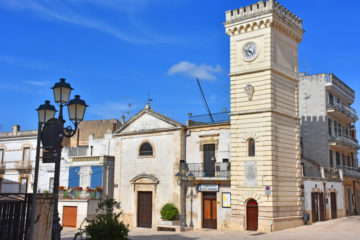

No Comment